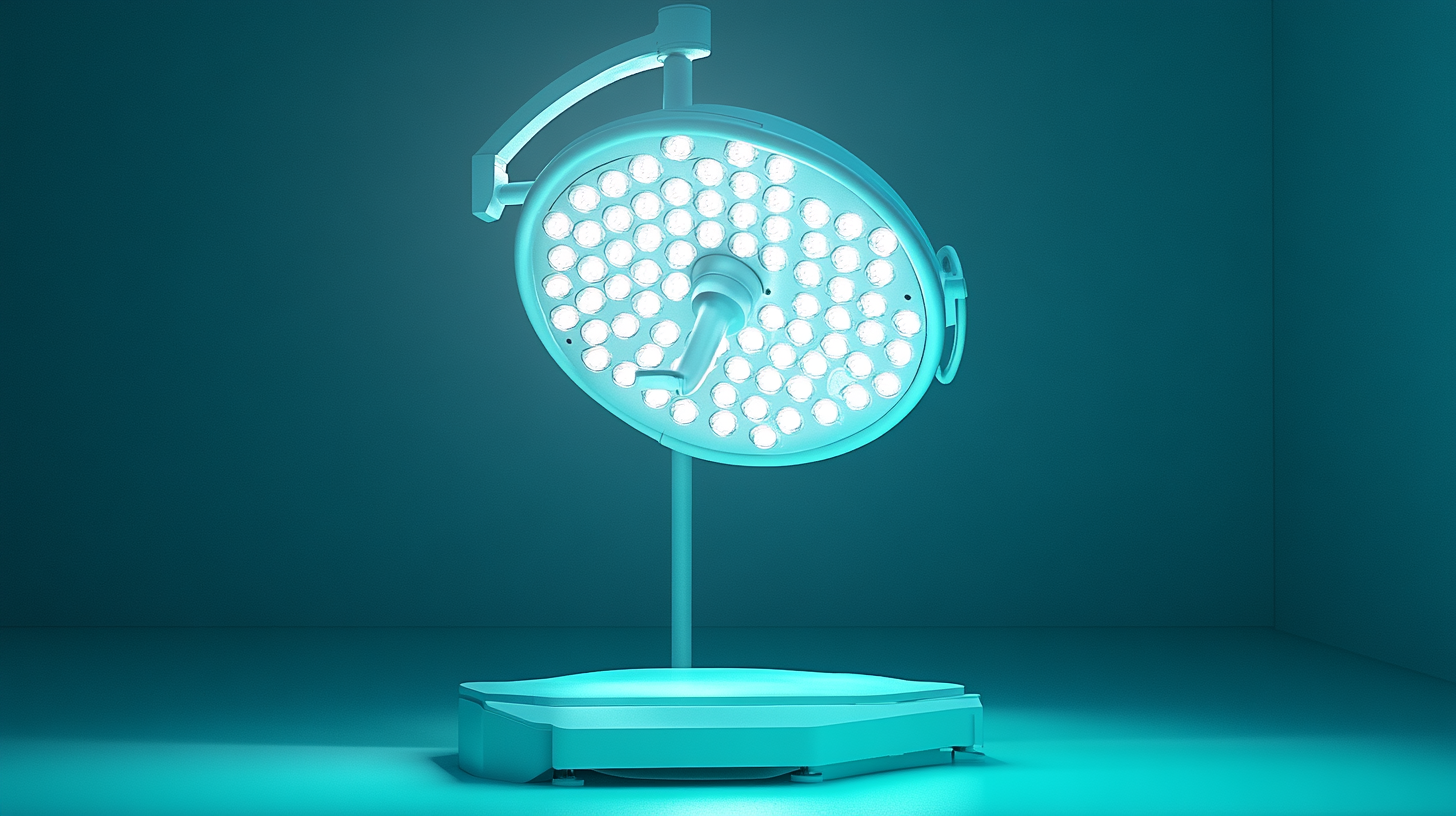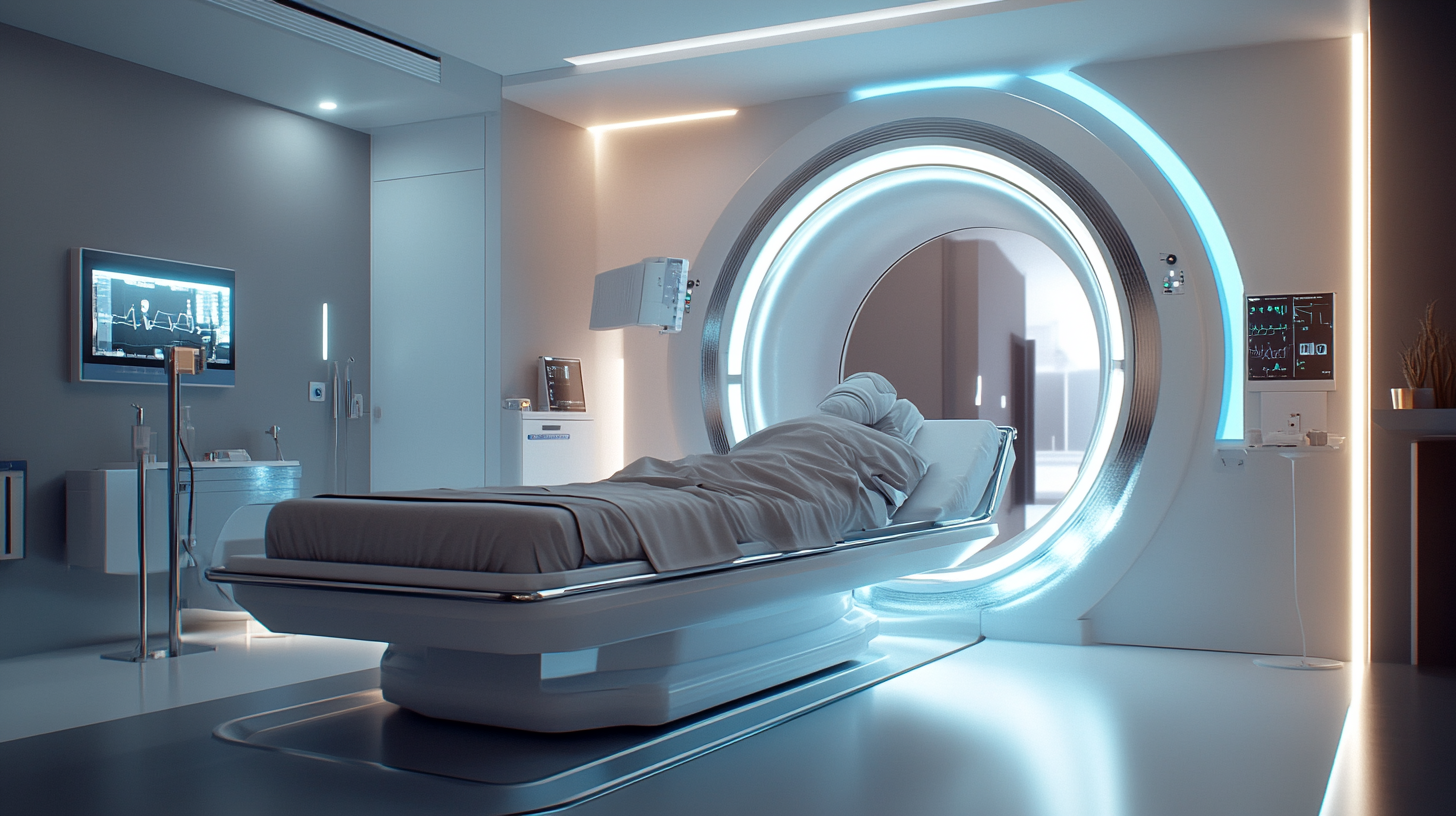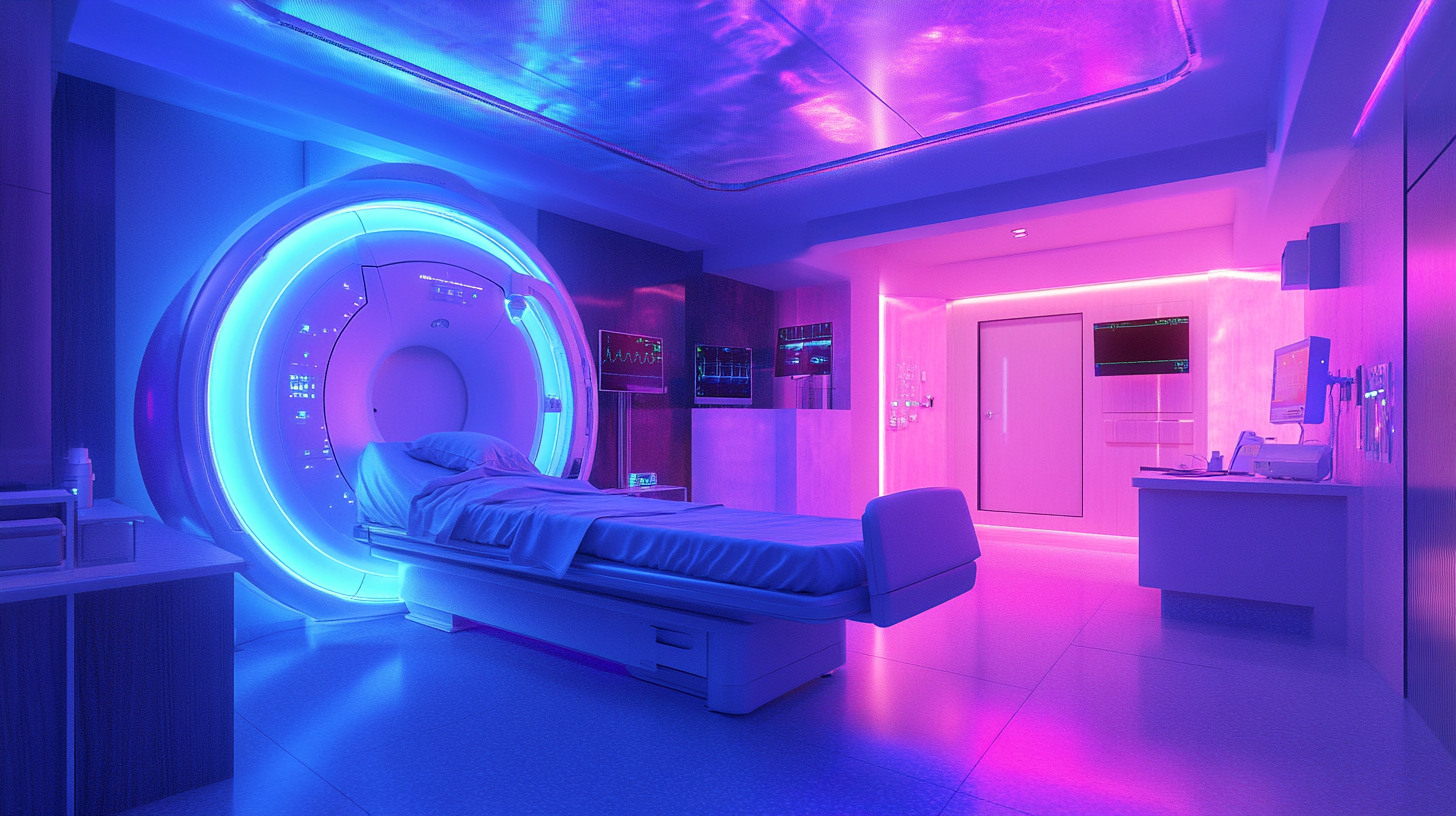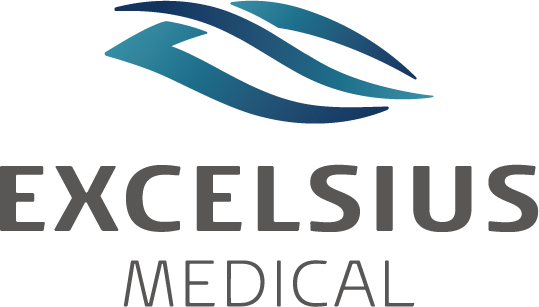The Future of Medical Light Innovations and Essential Considerations for Global Buyers
In recent years, the landscape of medical technology has evolved at an unprecedented rate, and at the forefront of this evolution is the realm of Medical Light innovations. As healthcare systems strive for enhanced efficiency and improved patient outcomes, lighting solutions in medical environments are being reimagined to meet the growing demands of precision, clarity, and safety. From advanced surgical lighting to versatile examination lights, the role of Medical Light is pivotal in ensuring optimal visibility and functionality within clinical settings.
For global buyers navigating this transformative market, understanding the essential considerations surrounding Medical Light technologies is crucial. As the industry moves towards cutting-edge advancements, factors such as energy efficiency, adaptability, and compliance with international standards must be taken into account. This blog aims to explore the future of Medical Light innovations while providing key insights to guide buyers in making informed decisions that elevate their medical facilities and enhance patient care.

Emerging Technologies in Medical Lighting: Trends and Innovations
Emerging technologies in medical lighting are poised to transform the healthcare landscape significantly. As highlighted in the McKinsey Technology Trends Outlook 2024, the adoption of advanced technologies is fundamentally reshaping various sectors, particularly healthcare. One notable trend is the integration of artificial intelligence (AI) in medical environments, enabling healthcare providers to enhance efficiencies and augment the capabilities of healthcare staff. This is crucial as facilities seek to optimize both their operational workflows and patient outcomes through improved lighting solutions tailored to specific medical needs. Furthermore, the ongoing evolution in sensor technologies is a driving force behind innovations in medical lighting. The latest report from IDTechEx indicates that the sensor market is expanding rapidly, with projections for 2025-2035 citing breakthroughs in sensor applications. These advancements facilitate the development of intelligent lighting systems that can adapt to a patient's condition, environment, and required medical procedures, thus contributing to improved safety and effectiveness in treatment. In addition, the healthcare sector is increasingly focusing on addressing gender disparities through targeted innovations. Despite being a critical demographic, women's health research remains underfunded. Emerging lighting technologies could play a pivotal role in creating better diagnostic environments, enhancing visibility for procedures tailored to women's health issues, and ensuring a more comprehensive approach to patient care. As healthcare continues to evolve, the interplay of innovative medical lighting technologies with AI and sensor applications will not only enhance patient experiences but also streamline clinical workflows, allowing healthcare providers to focus on delivering quality care amidst growing labor shortages and financial challenges.

Key Factors for Global Buyers in Selecting Medical Lighting Solutions
In the rapidly evolving landscape of medical lighting solutions, global buyers face a myriad of considerations when selecting the right products for their needs. As technological advancements continue to shape the market, it is crucial for purchasers to prioritize innovations that not only enhance functionality but also ensure compliance with industry standards. One of the key factors to consider is the adaptability of lighting systems to various medical environments, ranging from surgical theaters to patient recovery rooms.
The diversity of equipment types in the market also necessitates a thorough understanding of application contexts. Buyers should evaluate whether the lighting solutions are designed for retrofitting existing installations or for new builds, as this can significantly impact both cost and performance. Additionally, the choice of protocols and compatibility with existing systems can streamline operations and improve efficiency in healthcare settings. Choosing integrated systems that enhance workflow and patient safety is essential for making informed decisions in this competitive market.
Finally, as environmental considerations become increasingly prominent, buyers must also consider energy efficiency and sustainability features of medical lighting solutions. Innovations that focus on reducing energy consumption while maintaining high performance can lead to long-term savings and a reduced carbon footprint. By leveraging these key factors, global buyers can navigate the complex medical lighting landscape effectively and make choices that align with both their operational needs and broader sustainability goals.

Integrating Energy Efficiency with Medical Lighting Designs
In the evolving landscape of healthcare, integrating energy efficiency with medical lighting designs is becoming a pivotal consideration for global buyers. According to the U.S. Department of Energy, lighting accounts for nearly 17% of the total energy usage in healthcare facilities, highlighting a significant opportunity for energy savings through innovative lighting solutions. As hospitals and clinics strive to reduce operational costs while enhancing patient care, energy-efficient lighting options have emerged as a crucial component of sustainable design.
Recent studies indicate that energy-efficient lighting technologies, such as LED and advanced fluorescent systems, can reduce energy consumption by up to 75% compared to traditional incandescent lamps. Moreover, these systems offer superior light quality, improving visibility in critical areas such as operating rooms and intensive care units. The enhanced lighting not only supports healthcare professionals in delivering better care but also positively impacts patient outcomes by creating a more comfortable and healing environment.
As public awareness regarding sustainability continues to rise, global buyers are increasingly seeking medical lighting solutions that align with eco-friendly practices. According to the Global Lighting Association, the market for energy-efficient medical lighting is projected to grow significantly over the next five years, driven by both regulatory requirements and a shift in consumer demand. Thus, it is essential for healthcare providers to stay informed about the latest innovations and best practices in medical lighting design to remain competitive and effectively meet the needs of both patients and staff.

Regulatory Compliance and Safety Standards for Medical Lighting
The rapid advancement of medical lighting technology has created a dynamic landscape that global buyers must navigate with diligence. As healthcare providers increasingly recognize the critical role that optimized lighting plays in patient outcomes, staying compliant with regulatory standards and safety protocols becomes paramount. Reports from the International Electrotechnical Commission (IEC) indicate that non-compliance can lead to increased liability risks and operational inefficiencies. Therefore, understanding the regulatory framework is essential for all stakeholders involved.
In various regions, compliance with standards such as ISO 13485 or the Medical Device Regulation (MDR) in Europe ensures that medical lighting solutions meet safety and performance requirements. For instance, the U.S. Food and Drug Administration (FDA) outlines stringent guidelines for medical device manufacturers, mandating thorough testing and validation before product approval. A study published by the Healthcare Lighting Forum reveals that adherence to these standards can reduce the risk of adverse events associated with inadequate lighting, which has been linked to increased surgical errors and extended recovery times.
Furthermore, as global markets expand, manufacturers must be aware of the local legislation that governs medical lighting equipment. This includes understanding the nuances of electromagnetic compatibility (EMC) requirements, which are crucial for ensuring that lighting devices do not interfere with other medical technologies. Compliance not only increases market competitiveness but also enhances trust among healthcare providers and patients alike. Emphasizing safety and regulatory diligence is not just a best practice; it is a necessity for anyone looking to invest in the future of medical lighting innovations.
The Role of Advanced Lighting in Enhancing Patient Care and Outcomes
In recent years, the role of advanced lighting technologies in healthcare settings has gained significant attention, as evidence continues to emerge about their impact on patient care and outcomes. A report by the Lighting Research Center indicates that proper lighting can enhance patient recovery rates by 20%, significantly reducing the duration of hospital stays. This highlights the critical importance of investing in advanced medical lighting systems for healthcare facilities around the globe.
Advanced lighting solutions, such as LED-based systems and circadian rhythm-based lighting, are designed to mimic natural light, which has been shown to improve patient comfort and promote healing. According to a study from the Journal of Healthcare Engineering, patients in environments with biologically effective lighting experienced 30% less anxiety and reported improved sleep quality compared to those in traditional lighting setups. This correlation suggests that lighting not only fulfills a functional role but also plays a key role in enhancing the overall patient experience.
For global buyers, understanding the significance of lighting innovations is essential. As health organizations increasingly prioritize patient-centered care, incorporating intelligent lighting solutions that adapt to the needs of both patients and healthcare providers can lead to better health outcomes. Moreover, the global medical lighting market is projected to reach $10.38 billion by 2027, with a CAGR of 5.7% from 2020 to 2027, emphasizing the growing recognition of lighting's pivotal role in healthcare. Investing in advanced lighting technologies is no longer just an option; it is becoming a necessity for those committed to optimizing patient care.
© 2025 EXCELSIUS MEDICAL All rights reserved
EXCELSIUS MEDICAL
Taiwan Office
2F., No. 18, Ln.31, Sec.1, Huandong Rd.,
Xinshi Dist., Tainan City 744, Taiwan, R.O.C.
German Office
Zeppelinstr. 4, Haus 3&4,
D-85399 Hallbergmoos, Germany

